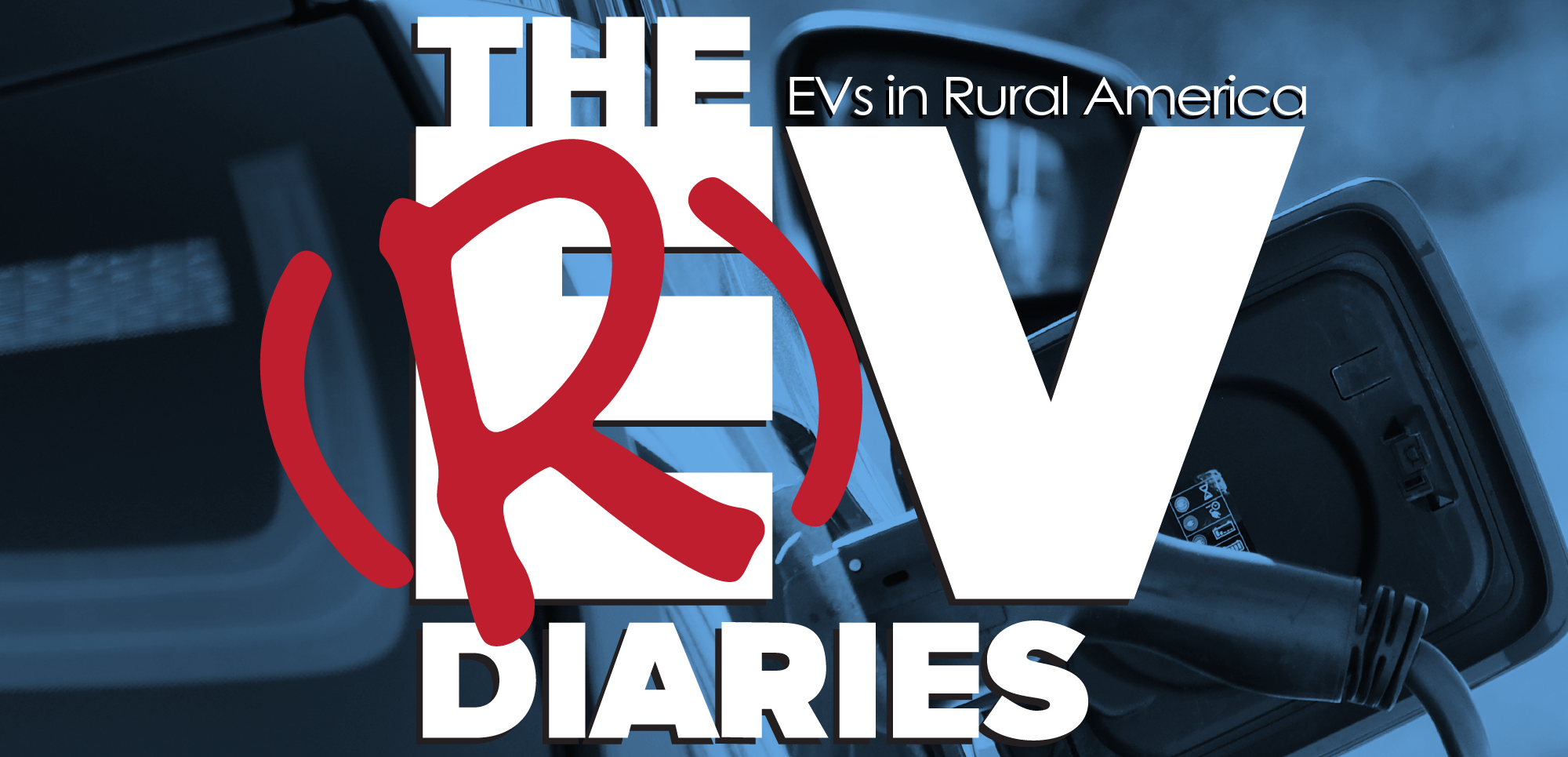A startup called Ample is working with Fisker to create battery exchange stations for EVs that would rival traditional gas stations in speed and convenience. They can be constructed quickly and may be a better use of taxpayer dollars going toward infrastructure were it not for one thing: A lack of standardization in the EV world.
The automotive industry has standardized many things in the name of safety and service. Many things, like spark plugs, are interchangeable between manufacturers, most supplied by third-party manufacturers supplying the industry. Many things are still proprietary. Why not make batteries interchangeable and boost EV adoption through something easily replaceable?
Battery exchange isn’t necessarily a new idea, but now Ample is working on proof of concept. We think this could be a great way to remove barriers of entry and many concerns people have about EVs. What do you think?
Podcast: Play in new window | Download
Subscribe: RSS
